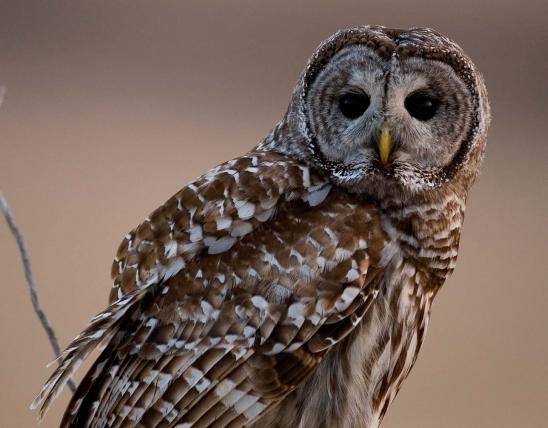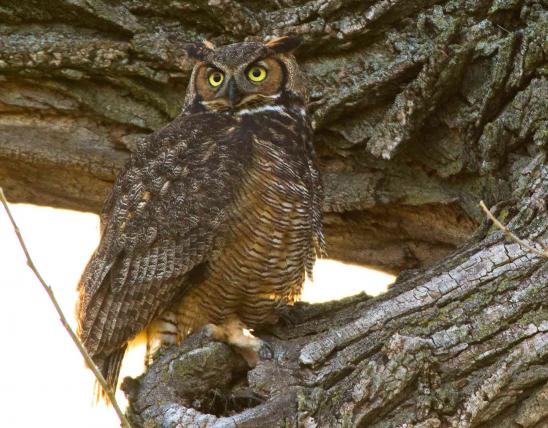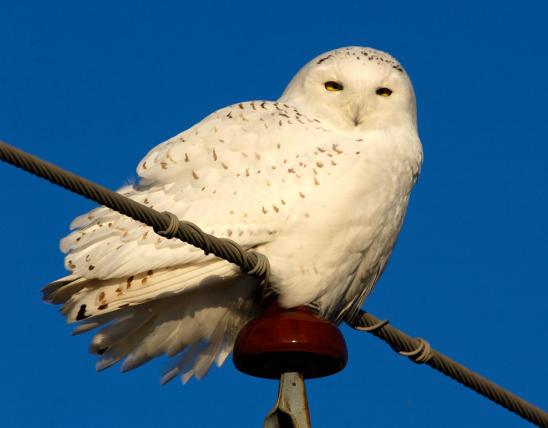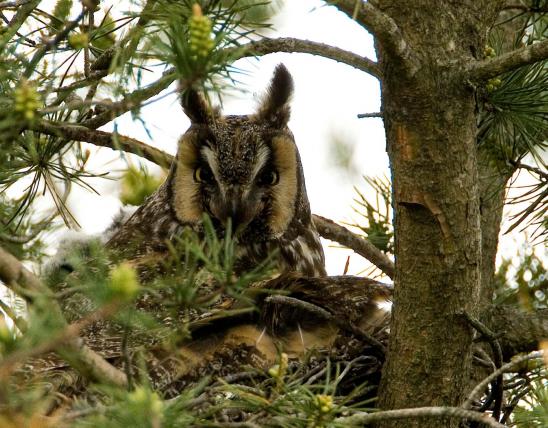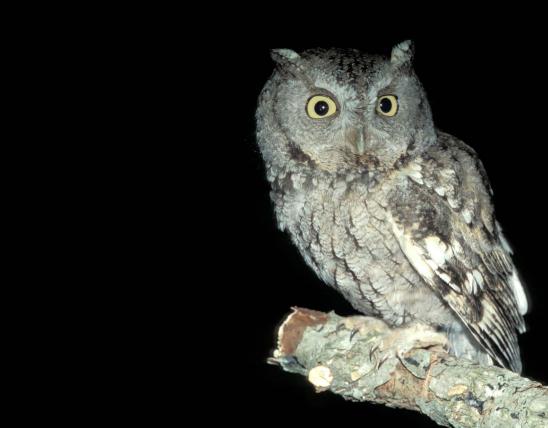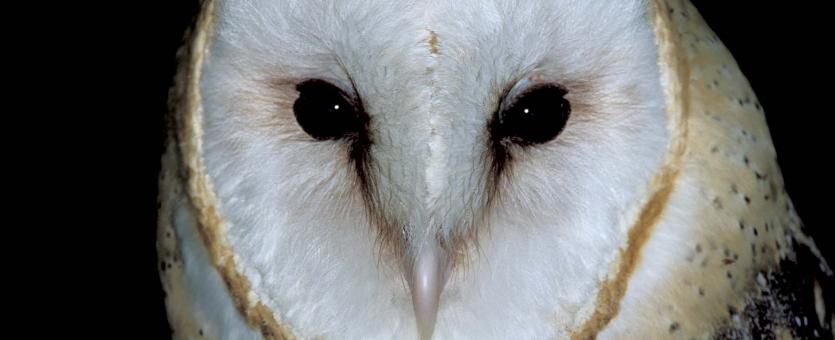
Barn owls are cinnamon and gray above, white to buffy below, with small black spots; the legs are long and the eyes dark. The heart-shaped facial disk has caused them to be described as the “monkey-faced owl.” The voice is harsh, with screeching, hissing, barking, and clicking sounds. Barn owls are highly nocturnal. They spend daytime secluded in rafters, behind hay bales, and so on.
Length: 16 inches (tip of bill to tip of tail); wingspan: 3½ to 4 feet.
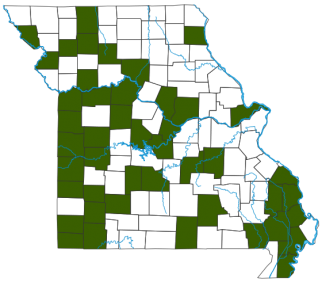
Statewide. This species is one of the most widespread of all birds, found throughout much of the world.
Habitat and Conservation
Barn owls live where there are open woodlands, pastures, and croplands — landscapes with grain to harbor good rodent populations. They commonly nest in old barns, grain elevators, cotton gins, grain storage buildings, and occasionally hollow trees. Mortality is often high during hard winters, but even though populations may temporarily decline, they can repopulate an area quickly. Many landowners take advantage of these owls’ rodent-hunting skills by putting up boxes so barn owls can nest without entering a building.
Food
The primary food is small rodents, but barn owls also eat birds, insects, bats, and reptiles. Nocturnal foragers, they fly slowly across grasslands searching for prey.
Status
Rare permanent resident.
Life Cycle
These nocturnal predators often wait until several hours after dark before emerging from their roosts. Nesting may occur in any month of the year. There are usually 5–10 eggs in a clutch. These are incubated for about a month. About 7 weeks after hatching, the young are ready to fledge, but they practice foraging with their parents for another week or so before leaving the area. Life expectancy is only 1 or 2 years.
Human Connections
Because of their effectiveness at hunting rodents, these owls perform a great service to farmers and others in the grain business who continually face rodent pests. Barn owls are encouraged worldwide for this reason.
Barn owls have lived alongside humans for ages. Their bones have been found at Olduvai Gorge in Tanzania, where human bones were discovered. Missouri’s barn owls continue the tradition today.
Ecosystem Connections
With their ability to hunt by sound — in complete darkness — as well as by sight, barn owls are efficient mousers and do much to keep populations of those prolific breeders in check. Meanwhile, opossums, raccoons, and other owls feed on barn owls and their eggs and young.
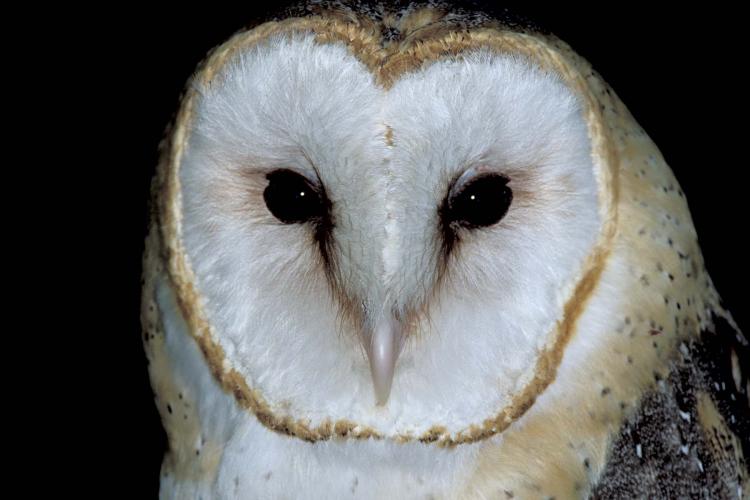
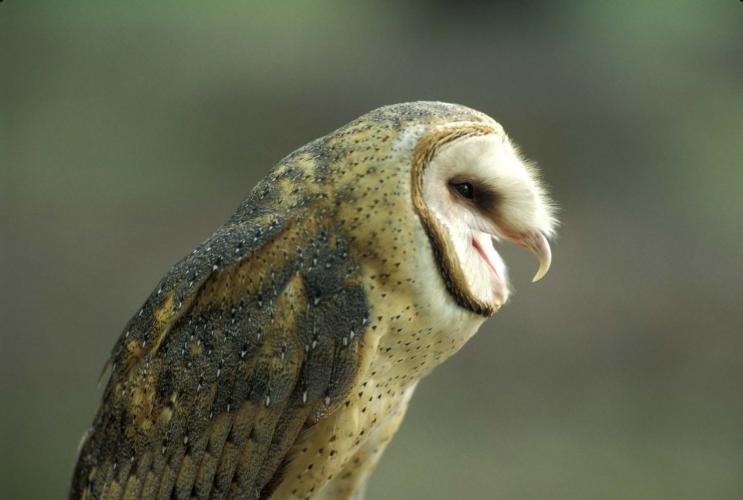
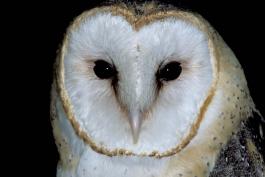
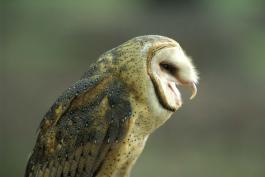
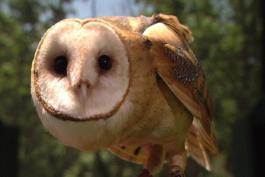
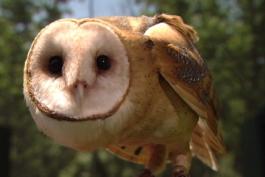
Where to See Species
About 350 species of birds are likely to be seen in Missouri, though nearly 400 have been recorded within our borders. Most people know a bird when they see one — it has feathers, wings, and a bill. Birds are warm-blooded, and most species can fly. Many migrate hundreds or thousands of miles. Birds lay hard-shelled eggs (often in a nest), and the parents care for the young. Many communicate with songs and calls.






















